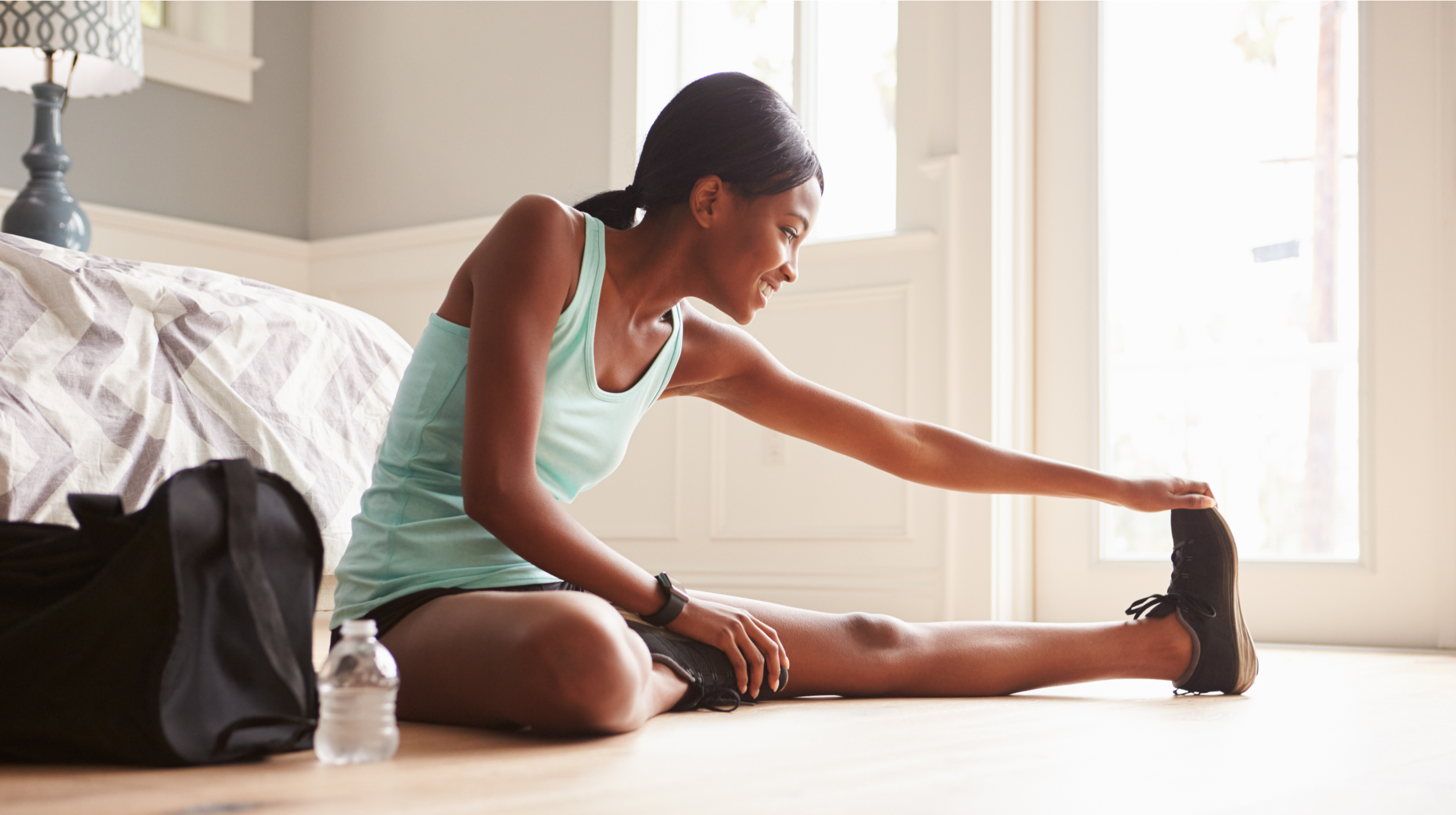I’m going to start by being honest with myself here. I don’t enjoy mobility work. I’m that guy where once I get to the gym I like to get right into the workout and then get out of there. I don’t want to spend more time than I have to. But the hard pill I’ve had to swallow is mobility work is important whether I want to realize it or not. It adds a ton of value towards fat loss, or adding strength and muscle. It allows you to train in longer ranges of motion which allow for the potential for more muscle growth.
Also, let's be real, what else are you going to be doing for the next 2-3 months? We’re in quarantine and you have all the time in the world.
Mobility in the context of physical fitness, refers to your ability to move freely with control and stability. That means, even with added load, you should not get injured because you have worked on owning your position in every angle of that movement with that load. The guy or girl who will put on more size, is the one who can work in a fuller range of motion.
All the staple bodybuilding exercises (squat, deadlift, bench, shoulder press) require really good form, and really good ranges of motion. Think about any time you got injured, or couldn’t make the strength gains you wanted in any one of those exercises. What do they have in common? You probably weren’t putting it through a full range.
A New Kind of Mobility Routine - Just do the same exercises!
I wrote a previous article on the joint by joint approach of why mobility is important in a warm up routine, and it also had a great dynamic sample warm-up for you to do with it. So for the sake of this article, I’m going to give an alternative approach. Instead of incorporating new exercises to work on, take those staple exercises and use less weight.
That’s right. Check your ego at the door. For the next 4-8 weeks, I want you to take the squat, deadlift, bench, and overhead press, lower the weight, and really focus on a full range of motion, and perfect form. Be mindful of every second of each exercise. Forget about chasing strength - what I want you to use as your gauge as to whether you should increase weight is can you maintain that immaculate form? Does your butt curve inward towards the bottom of the squat? Can you actually even get low enough?
Squat - Are your hamstrings, quads, and glutes engaged during the squat? Is the back and core firing to also provide stability or do you start to fall forward as you lower yourself in the squat? Can you retract your shoulder blades back enough to grip the bar or does it feel too tight? It’s vital to hone in on these details.
Bench - Are you keeping all points of contact with the bench (butt, upper back, head at all times)? Can the bar touch your chest or do you get shoulder pain after a certain depth? Do you have to lift your butt off to move the weight (then it's too heavy)? Does your chest lead the lift or does it cave in, and the shoulders dominate the movement?
Deadlift - Can you engage your core and low back stability? Make sure your low back is flat and never over extends or flexes throughout the entire lift. Same goes for the upper back - it should never round out or lose position. Push through the heels, and drive the hips forward as the lift finishes. Can you feel your glutes squeezing through and lats engage or at you kinda just holding it standing up? That might explain why you can’t get either to develop fully.
Overhead Press - Don’t hyperextend your low back as you try to push the weight overhead. Your core should be nice and strong. All these core cues I’ve been giving thus far on every lift is what powerlifters mean when they say you should be getting enough core work from the main lifts. The barbell should actually be getting above your head to where your arms are parallel with your ears. If it is in front and you can’t bring them back farther, work on that range of motion. Again, lighten the weight and focus on engaging. Pack the shoulder blades so they can handle the barbell being overhead.
These aren’t full detailed cues for every lift, but they should give you a general guideline of what you should be feeling, and what kind of mobility you should have for each lift. I guarantee if you spend 4-8 weeks focusing on light weight, and really nailing that form, when you do get back to heavier weights, you’ll find you’ll smash through any plateau you had, or injuries that were coming up because of previously bad form.






